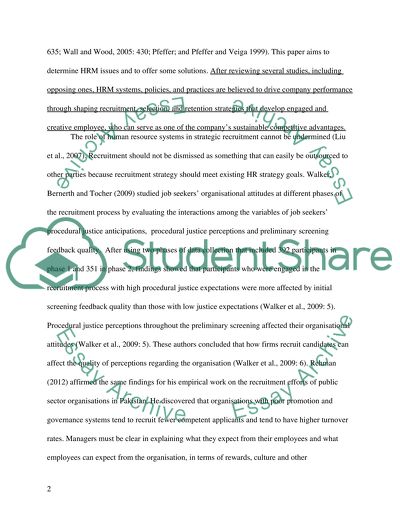Cite this document
(The Components of Human Resource Management 's Success Coursework, n.d.)
The Components of Human Resource Management 's Success Coursework. Retrieved from https://studentshare.org/human-resources/1402354-hr-practices
The Components of Human Resource Management 's Success Coursework. Retrieved from https://studentshare.org/human-resources/1402354-hr-practices
(The Components of Human Resource Management 'S Success Coursework)
The Components of Human Resource Management 'S Success Coursework. https://studentshare.org/human-resources/1402354-hr-practices.
The Components of Human Resource Management 'S Success Coursework. https://studentshare.org/human-resources/1402354-hr-practices.
“The Components of Human Resource Management 'S Success Coursework”, n.d. https://studentshare.org/human-resources/1402354-hr-practices.


